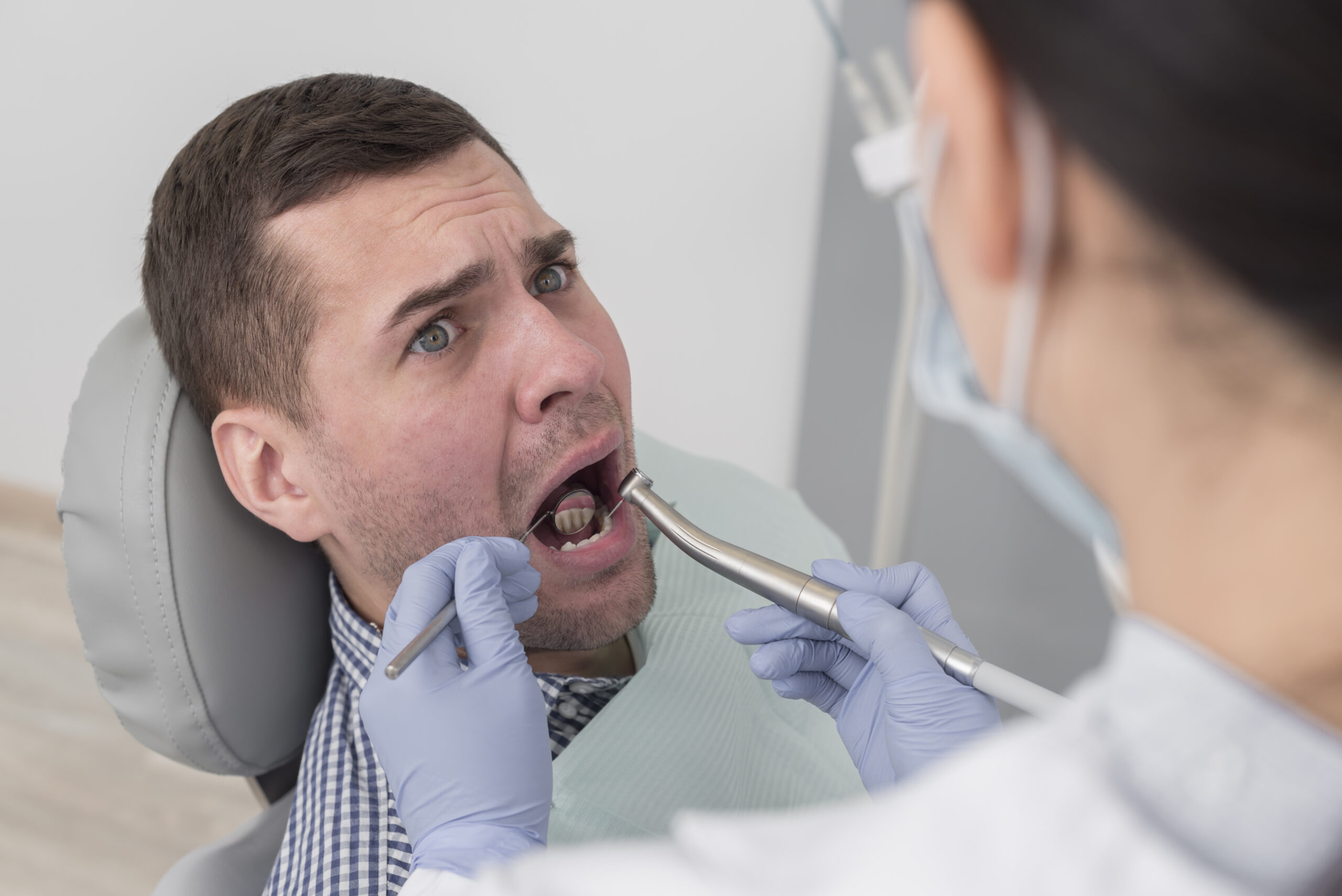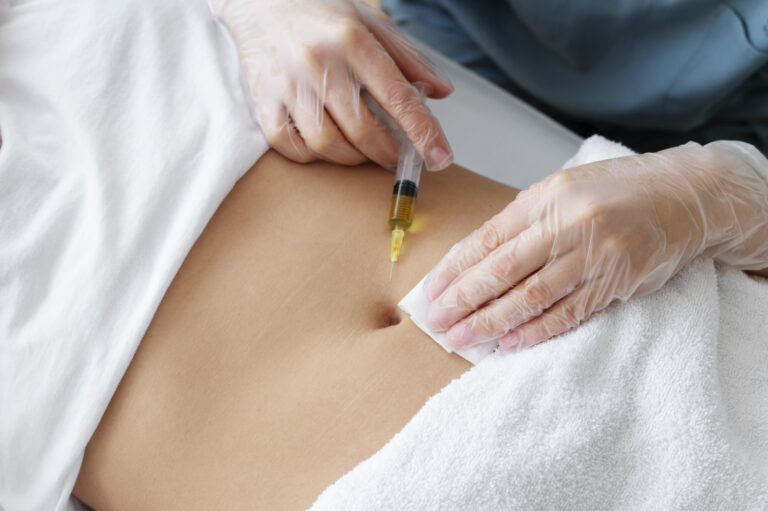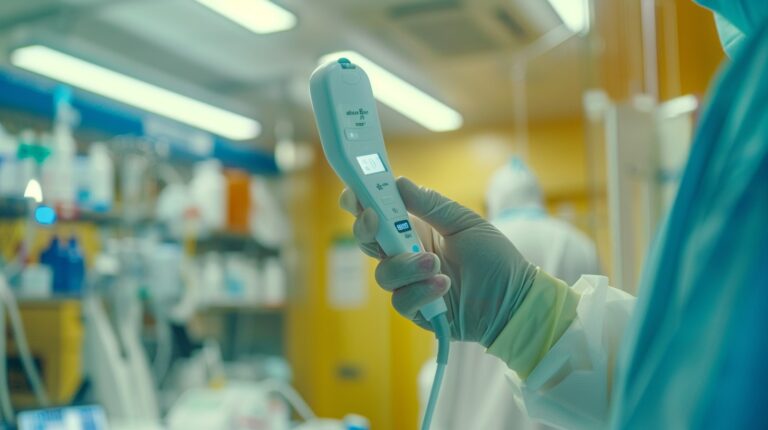Everything About Pulpitis: The Complete Guide to Tooth Inflammation

Tooth pain is one of the most uncomfortable and disruptive experiences, and one of the most common culprits behind severe toothaches is a condition called pulpitis. If you’ve ever experienced intense, throbbing pain in a tooth that doesn’t go away, pulpitis might be to blame. This guide will walk you through everything you need to know about pulpitis, including its causes, symptoms, treatments, and prevention.
What Is Pulpitis?
Pulpitis is the inflammation of the dental pulp, the innermost part of the tooth that contains blood vessels, nerves, and connective tissues. The dental pulp plays a crucial role in tooth health by providing nutrients and sensory functions. When the pulp becomes inflamed, it leads to pain and sensitivity, which can range from mild to severe depending on the condition’s progression.
Types of Pulpitis
There are two main types
- Reversible: In this stage, the inflammation is mild, and the pulp is still capable of healing itself if the irritant is removed. The pain is usually mild to moderate and occurs when exposed to cold, hot, or sweet stimuli. If treated early, the tooth can be saved without requiring extensive procedures.
- Irreversible: As the name suggests, this type of pulpitis indicates severe inflammation or infection, and the damage to the pulp cannot be reversed. The pain is often more intense, constant, and can even wake you up at night. Without treatment, irreversible pulpitis can lead to tooth abscess or require root canal therapy or tooth extraction.
Causes of Pulpitis
Several factors can lead to pulpitis, most of which involve damage or irritation to the tooth structure. Common causes include:
- Tooth Decay (Cavities): The most frequent cause of pulpitis is untreated cavities. As bacteria in the mouth produce acids that erode tooth enamel, they can eventually reach the pulp, causing infection and inflammation.
- Trauma to the Tooth: Physical damage to the tooth, such as from an accident, can expose or damage the pulp, leading. Even repeated dental procedures on the same tooth can sometimes cause irritation.
- Cracked or Broken Tooth: A crack or fracture can expose the pulp to bacteria and irritants, leading to inflammation.
- Deep Fillings: If a dental filling is placed too close to the pulp or if the tooth was over-prepared during the procedure, it can irritate the pulp, potentially leading to pulpitis.
- Gum Disease: Advanced gum disease can cause bacteria to migrate to the tooth’s root, eventually affecting the pulp.
Symptoms
Recognizing the symptoms of pulpitis early is crucial for getting timely treatment and preventing irreversible damage. Here are some common symptoms of pulpitis:
- Tooth Pain: The most obvious symptom is tooth pain, which can range from mild discomfort to severe, throbbing pain. The pain may worsen with exposure to hot, cold, or sweet foods and drinks. In irreversible pulpitis, the pain often persists even after the stimulus is removed.
- Sensitivity: Teeth affected by pulpitis are usually more sensitive to temperature changes and sweet foods.
- Swelling: In more severe cases, swelling in the gums or face near the affected tooth may occur.
- Discoloration: The affected tooth may become discolored if the pulp dies due to infection or severe inflammation.
- Fever and Swollen Lymph Nodes: If the infection spreads, it may lead to systemic symptoms like fever and swollen lymph nodes.
Diagnosis
If you’re experiencing tooth pain or sensitivity, a visit to the dentist is essential. Here’s what to expect during a diagnosis:
- Dental Examination: The dentist will first examine the affected tooth, checking for visible signs of decay, cracks, or trauma.
- Percussion Test: The dentist may gently tap on the tooth to see if the pain worsens, which helps determine the severity of the inflammation.
- Cold Test: A cold stimulus may be applied to the tooth to check for pain and sensitivity. In reversible pulpitis, the pain typically subsides quickly after the cold is removed. In irreversible pulpitis, the pain often lingers or worsens.
- X-Rays: Dental X-rays help the dentist see any underlying issues, such as deep decay or infection in the tooth’s root, and assess whether the pulpitis is reversible or irreversible.
Treatment
Treatment for pulpitis depends on the severity of the condition and whether the pulp can be saved. Here are the most common treatment options:
- For Reversible Pulpitis:
- Removal of the Irritant: If the inflammation is caused by tooth decay or a deep filling, the dentist will remove the irritant and restore the tooth. This might involve removing decay and placing a new filling or crown to protect the tooth.Fluoride Treatment: In mild cases, fluoride treatments may help strengthen the enamel and protect the tooth from further decay.
- For Irreversible:
- Root Canal Therapy: In cases of irreversible pulpitis, the inflamed pulp must be removed to save the tooth. Root canal therapy involves cleaning out the infected pulp, disinfecting the tooth, and sealing it to prevent future infections.
- Tooth Extraction: If the tooth is too damaged to be saved, extraction may be necessary. After extraction, you may need a dental implant or bridge to replace the missing tooth.
Prevention of Pulpitis
Preventing largely involves maintaining good oral hygiene and addressing dental problems early. Here are some steps you can take to reduce your risk:
- Brush and Floss Regularly: Brush at least twice a day and floss daily to remove food particles and bacteria that can lead to tooth decay and gum disease.
- Visit the Dentist Regularly: Regular dental check-ups can catch cavities and other dental issues early before they progress to pulpitis.
- Treat Cavities Early: If you notice signs of tooth decay, such as sensitivity or small holes, don’t wait. Early treatment can prevent the decay from reaching the pulp.
- Wear a Mouthguard: If you play sports or grind your teeth at night, wear a mouthguard to prevent tooth fractures and trauma.
Conclusion
Pulpitis can be a painful and serious condition, but with prompt diagnosis and proper treatment, most cases can be managed successfully. Whether you’re dealing with reversible or irreversible, the key is to address the problem early and follow your dentist’s advice. By practicing good oral hygiene and taking care of your teeth, you can reduce the risk of developing pulpitis and keep your smile healthy for years to come.






